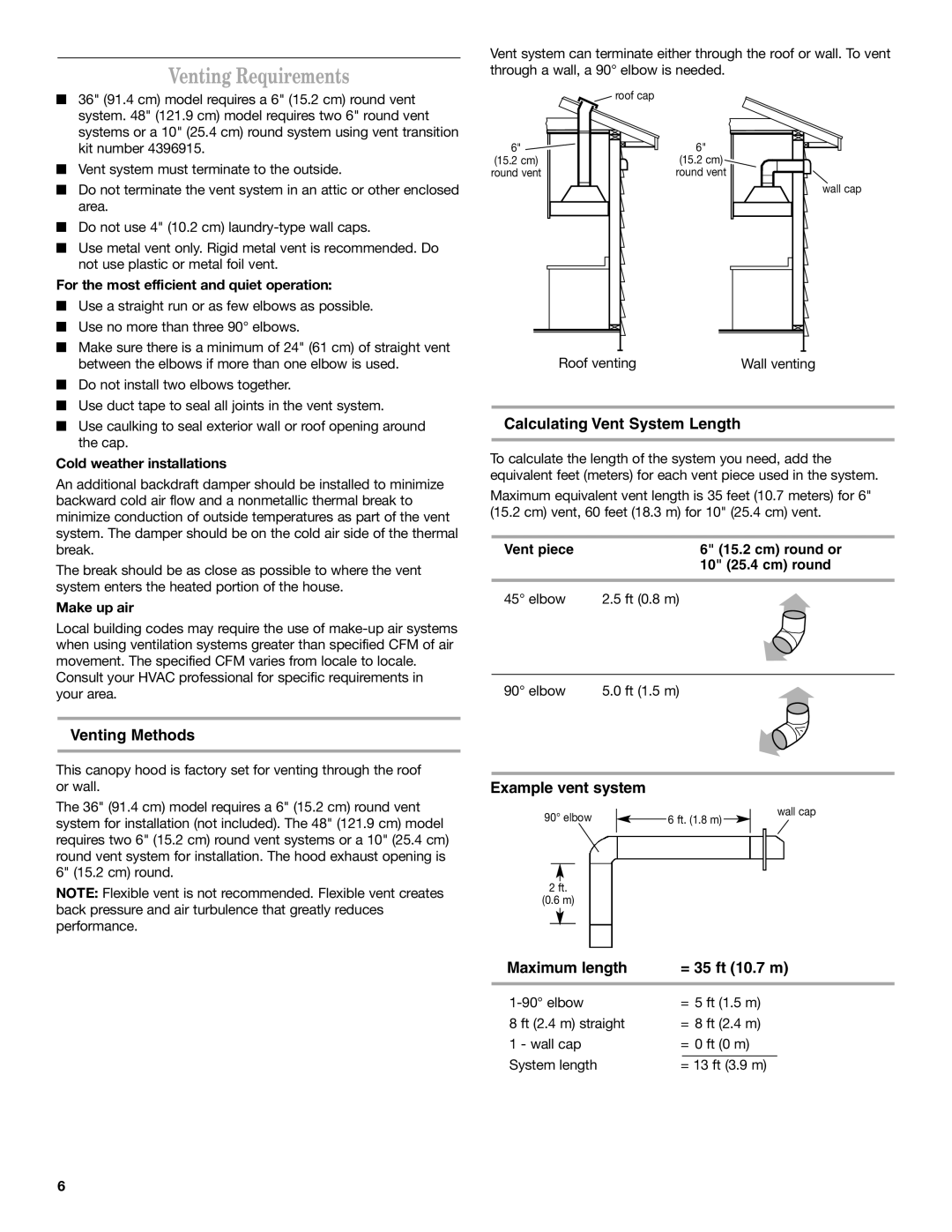RANGE HOOD LINER with INTERNAL BLOWER specifications
The KitchenAid Range Hood Liner with Internal Blower is a perfect combination of form and function, designed to enhance your kitchen's ventilation while maintaining a sleek appearance. This product stands out in the crowded marketplace for several reasons, most notably its high-performance features that cater to both the aesthetic and practical needs of modern cooking environments.One of the main features of the KitchenAid Range Hood Liner is its internal blower system. This integral component operates quietly—reducing noise levels while delivering powerful ventilation. The internal blower efficiently removes smoke, steam, and cooking odors, keeping your kitchen fresh and comfortable. This technology eliminates the need for an external blower, streamlining installation and minimizing the complexity associated with traditional ventilation systems.
In terms of power, the range hood liner typically offers multiple fan speeds, allowing you to adjust the airflow based on your cooking habits. Whether you are simmering a delicate sauce or searing meat at high temperatures, the customizable speed settings ensure that you can effectively manage odors and heat without overwhelming noise. Additionally, many models feature a convenient delay-off option, which keeps the fan running after cooking is done, providing continued ventilation to clear lingering smells and humidity.
The design of the KitchenAid Range Hood Liner is equally impressive. It is constructed to fit seamlessly into cabinetry, giving your kitchen a sleek, integrated look. Made with premium materials such as stainless steel, the liner is not only durable but also easy to clean and maintain. Many models include dishwasher-safe filters that capture grease and particulates, ensuring your kitchen remains spotless while prolonging the life of your range hood.
Safety is also a priority with features such as the automatic shut-off, which prevents overheating and offers peace of mind during cooking sessions. Energy-efficient LED lighting is another characteristic that improves visibility over your cooking surface, making meal preparation safer and more enjoyable.
In summary, the KitchenAid Range Hood Liner with Internal Blower combines powerful performance, aesthetic charm, and innovative features, making it an excellent choice for both amateur cooks and culinary enthusiasts alike. With its advanced technology, durable design, and thoughtful safety features, it promises to elevate the functionality and ambiance of any kitchen space.

